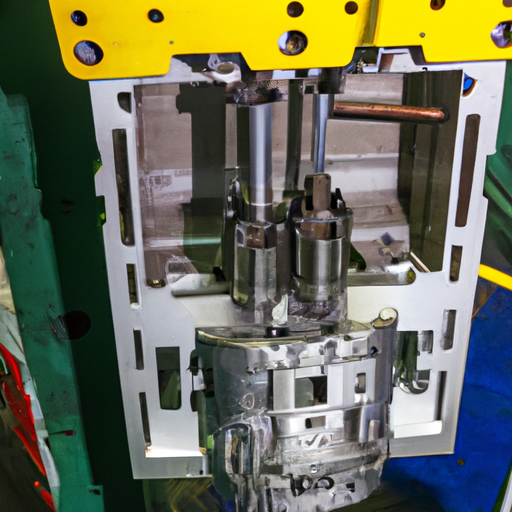Application Development in Delay Lines for CFR-25JB-52-100R: Key Technologies and Success Stories
Delay lines are essential components in various fields, including telecommunications, signal processing, and radar systems. The CFR-25JB-52-100R is a specific type of delay line that exemplifies the advancements in this technology. Below is an overview of key technologies and notable success stories related to the application development of delay lines, particularly focusing on the CFR-25JB-52-100R.
Key Technologies in Delay Lines
| 1. Digital Signal Processing (DSP) | |
| 2. Analog Delay Lines | |
| 3. Fiber Optic Delay Lines | |
| 4. Integrated Circuit (IC) Technology | |
| 5. Programmable Delay Lines | |
| 6. Microelectromechanical Systems (MEMS) | |
| 1. Telecommunications | |
| 2. Radar Systems | |
| 3. Audio Processing | |
| 4. Medical Imaging | |
| 5. Automotive Applications |
Success Stories
Conclusion
The development of delay lines, such as the CFR-25JB-52-100R, represents a critical area of innovation across multiple industries. By leveraging advancements in digital signal processing, integrated circuits, and MEMS technology, companies have created more efficient, reliable, and high-performance systems. The success stories in telecommunications, radar systems, audio processing, medical imaging, and automotive applications underscore the significance of delay lines in modern technology. As the demand for faster and more reliable systems continues to grow, the role of delay lines will only become more prominent, driving further advancements in various fields.






